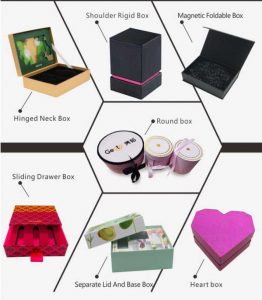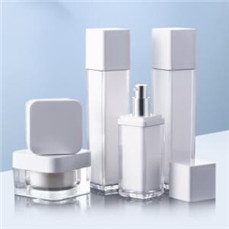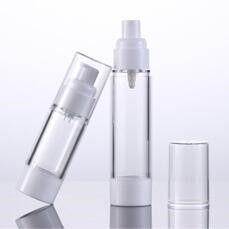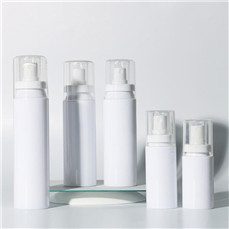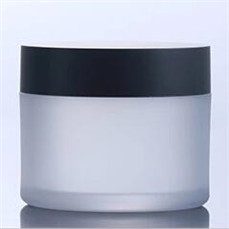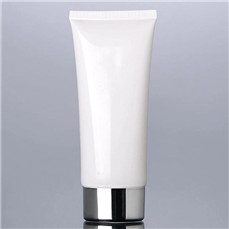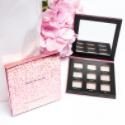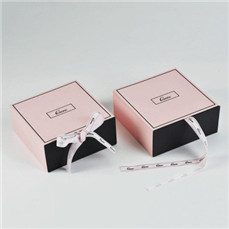Choosing the perfect cosmetic bottle involves considering several factors, including the type of product, packaging material, size, design, functionality, and brand image. Here are some essential considerations to help you make the right choice:
- Product Type: Different cosmetic products have unique requirements. For instance, liquid products like lotions or serums may require pump bottles, while thicker products like creams or balms may need jars or wide-mouthed containers. Consider the viscosity and consistency of your product when selecting the bottle type.
- Packaging Material: Common materials for cosmetic bottles include glass, plastic, and aluminum. Glass gives a premium and luxurious feel, while plastic is lightweight and often more affordable. Aluminum provides a sleek and modern appearance. Choose a material that aligns with your brand’s values and target audience preferences.
- Size and Capacity: Determine the appropriate size of the bottle based on the volume of your product and the usage frequency. Smaller travel-sized bottles are ideal for on-the-go products, while larger bottles suit products intended for home use.
- Design and Aesthetics: The bottle’s design plays a significant role in attracting customers. Consider the overall shape, color, and surface finishes that match your brand’s identity and appeal to your target market. An eye-catching design can make your product stand out on store shelves.
- Functionality and Dispensing Mechanism: Ensure that the bottle’s dispensing mechanism is suitable for your product and easy for consumers to use. Pump bottles, droppers, sprayers, flip-tops, and airless pumps are some common options to consider.
- Packaging Safety and Integrity: Make sure the chosen bottle offers proper protection for your product. It should be leak-proof, airtight, and resistant to external factors that could degrade the product’s quality.
- Sustainability: Increasingly, consumers are concerned about environmental impact. Consider eco-friendly options like recyclable or biodegradable materials to align with sustainability initiatives and improve your brand’s image.
- Cost: Balance the quality and functionality of the bottle with your budget constraints. Keep in mind that packaging is an investment that impacts how consumers perceive your product.
- Regulatory Compliance: Ensure that the chosen bottle meets the necessary regulations and guidelines for cosmetic packaging in your target markets.
- Compatibility with Labels and Branding: The bottle’s shape and surface should be suitable for applying labels, embossing, or other branding elements to showcase your product effectively.
- Storage and Shipping: Consider the bottle’s dimensions and sturdiness to ensure safe and efficient storage and shipping.
Always test your product with the chosen bottle to ensure compatibility and stability. Market research and customer feedback can also provide valuable insights into the preferences of your target audience, helping you make an informed decision.
